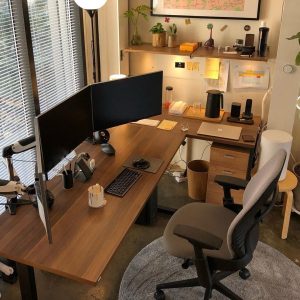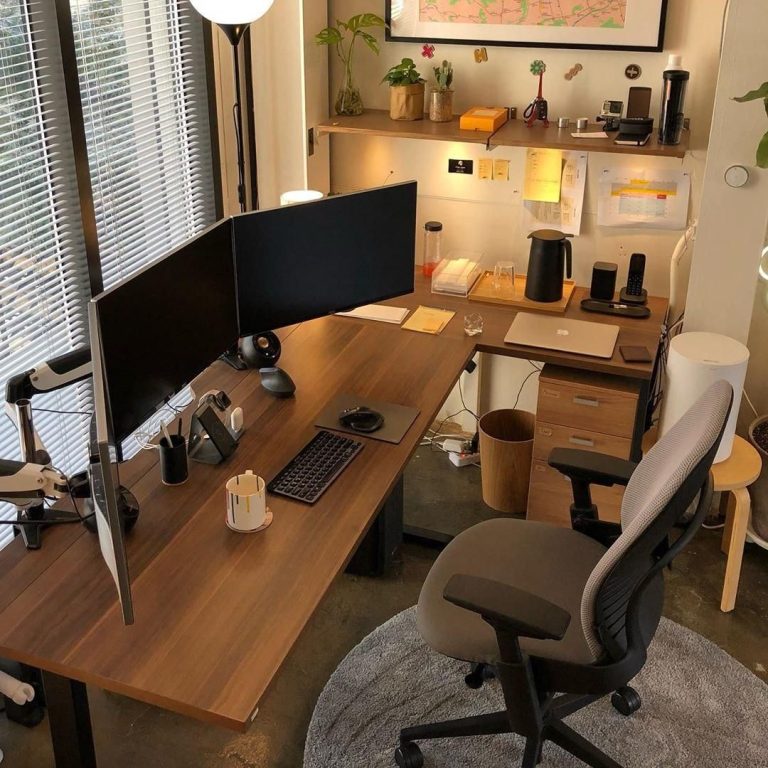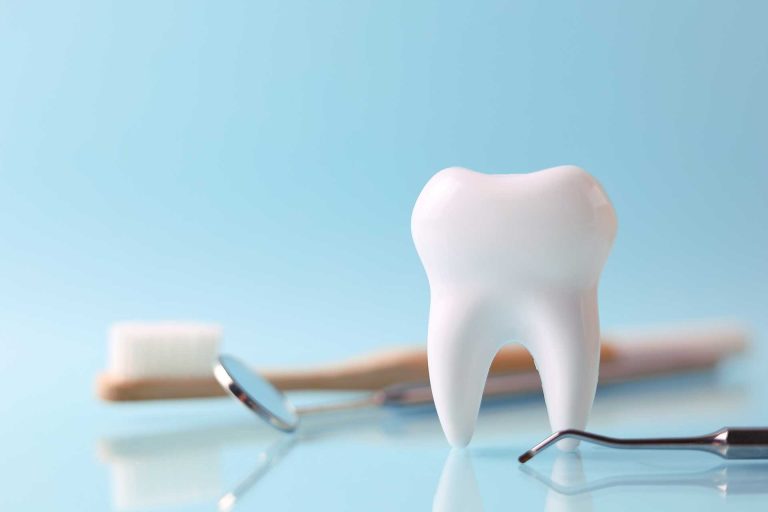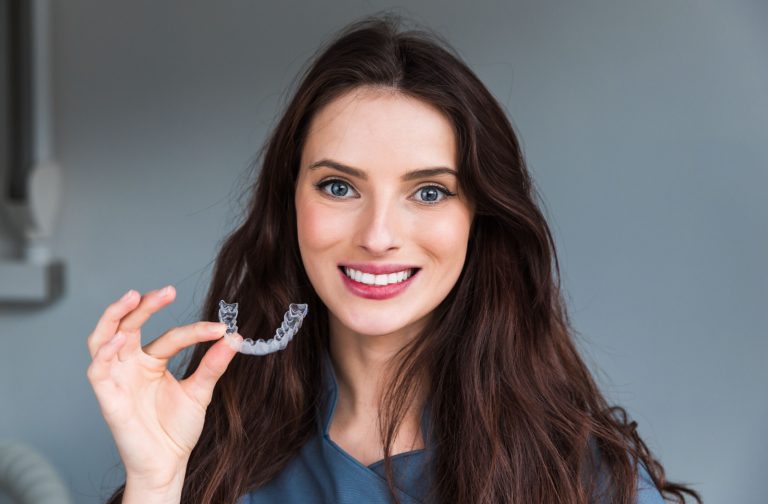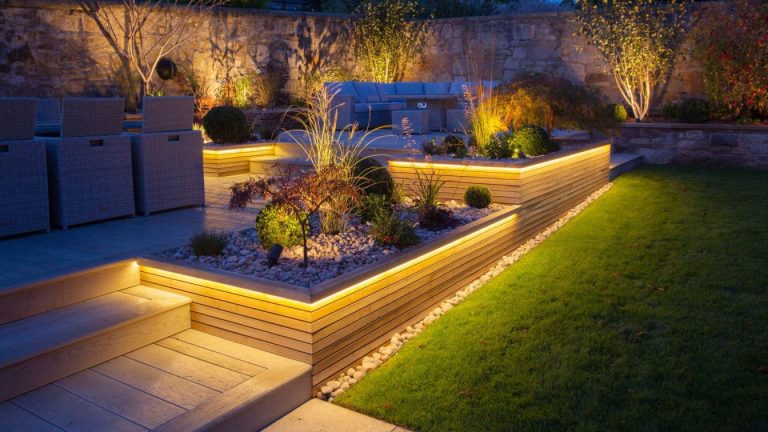Digital photography has opened up a whole new world, allowing us to “tweak” our valuable memories, eliminate defects to make us look better, or even create extravagant effects to have some fun.
The days of waiting until your movie has been processed to see how your photos turned out and then get caught on what you had, good and truly in the rearview mirror. Nowadays, you can crop unwanted elements / people in your images, adjust skin tone, change colors and, in general, do more with the photo after taking it than adjust the camera settings first.
Currently, there are many photo editing programs on the market like https://photolemur.com/blog/free-mac-photo-editing-software, ranging from free base systems to the most popular rack systems for hundreds of dollars.
Starting from restoring your old photos, changing the background, black and white or selectively coloring or changing the image, the possibilities that we have opened since the advent of digital photography are endless. There are no more red eyes or an embarrassed guy who puts faces on the back of your unique photo in life in front of one of the seven wonders of the world, just edit them and get great memories that look better.
It amazes me how some great photographers of the past should feel when they had nothing but the configuration of their camera, good look and great patience to take pictures that went down in history. We are fortunate that we can manipulate our simplest photographs to produce images that, although some argue about their legitimacy, can be impressive.
The basics of digital photography and photo editing
Digital photography has several advantages over cinematic photography. On the one hand, images created by digital cameras can be immediately viewed and downloaded, edited, sent by e-mail and immediately reproduced. Digital photography encourages trial and error because there is no need for a movie.
Megapixel classification measures image quality. Digital cameras with high megapixels allow you to get larger images with greater detail. These images appear sharper when printed.
How to take quality photos
Shooting with a digital camera is similar to using a camcorder. A digital camera is different only when creating digital photos instead of restoring them from movies.
Simple approaches for beginners:
o Start with autofocus. Just press the shutter button at the same time. The manual approach is for more advanced users. Press the shutter button halfway to focus the image, then press fully to take the picture.
o The flash should only be used when absolutely necessary. Natural light is the best. Use an external flash if necessary.
o Maximize the viewfinder. Using the viewfinder instead of the LCD monitor helps save battery life.
o Moderate image quality. Large non-condensed images look spectacular, but cause a system delay. Large images are not needed unless they are printed on a large scale.
o Decrease the quality setting if you take pictures in action.
How to use photo editing software
Several editing software packages are available on the market. Buying high-quality digital cameras usually comes with these packages.
Photo editing software https://photolemur.com can crop, edit, combine and change the color balance of digital images. An experiment in many editing software tools.
Here are some tips for editing digital images:
- Always save the original digital photo without editing as a separate file before editing. This will allow you to experiment with various textures and processing on the image, as far as possible, without the risk of deleting an unedited image.
- Change color contrast and color concentration. This gives a sharper image. If your unedited image looks faded, increase saturation and change color levels.
- Crop and rotate images. Cropping centers, the image or removes unwanted objects.
There are seemingly unlimited possibilities that you can do with your image if you carefully study the editing software. You can rotate the images by an angle, giving it a sepia tone, wrinkled or wet look. Digital photography and photo editing go hand in hand.
If you want to be able to clean some of your old shots, tint with an airbrush to fix some years 🙂 or even expand to get fantastic images that can be blown and printed on your walls, I suggest exploring some of the available systems – the options are endless, and some of the results are astounding.





